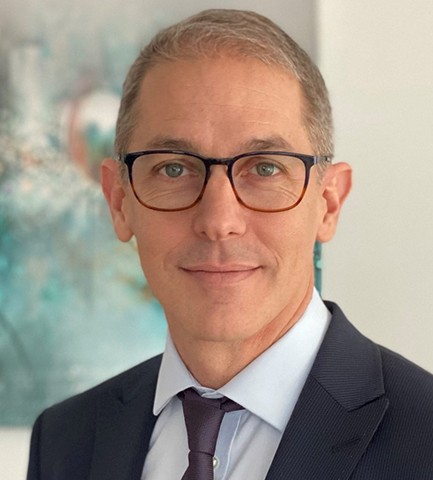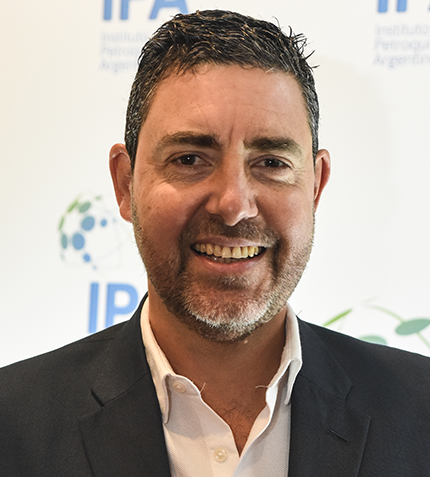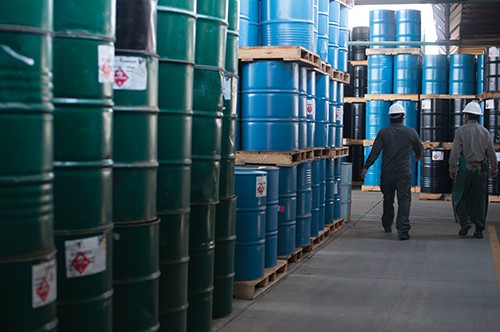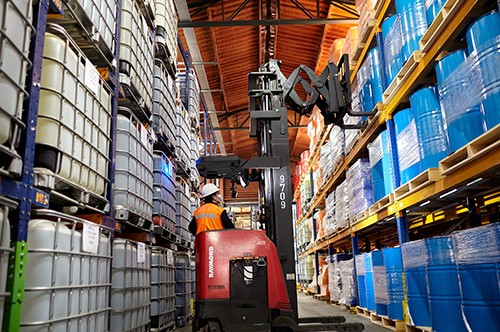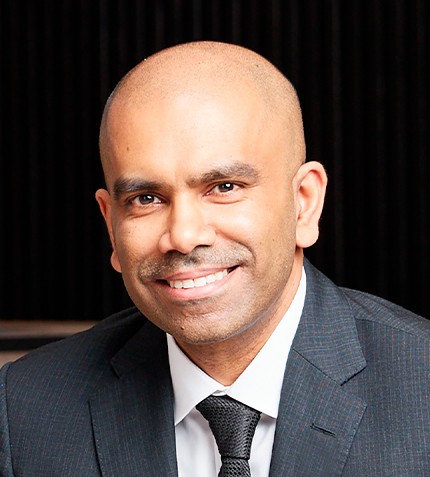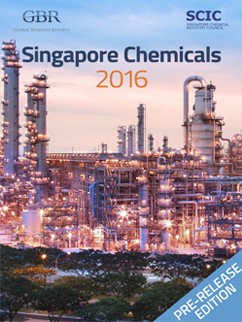
PUBLICATION
Singapore Chemicals 2016 Pre-Release
Comfortably situated on Jurong Island, Singapore’s chemical sector serves as a pillar of the global chemical industry. In 2015, grossing over $80 billion and employing more than 25,000 people, the sector accounted for 28.6% of Singapore’s total manufacturing output, according to the Ministry of Trade and Industry. The city-state continues to perpetuate its “home for business” motto, impressing the world with its world-class facilities, regulatory transparency, and innovative policies. Yet even though it is positioned among high growth markets such as Indonesia, Malaysia and India, Singapore is well aware that it must reinvent itself to stay afloat and, more importantly, ahead. This will be especially important in the midst of a current global economic downturn that has muted demand and slowed the advent of new projects. Today, a new set of dynamics is at play, keeping Singapore and its chemical industry on its toes.
Featuring exclusive interviews with:
- Gan Seow Kee, Chairman and Managin Director, ExxonMobil Asia Pacific
- Satvinder Singh – Assistant Chief Executive Officer, International Enterprise (IE) Singapore
- Stephen Fowler, Member of the Board of Directors, SCIC and General Manager, Shell Jurong Istand
- Chantal Quek, General Manager, Association of Process Industry (ASPRI)




